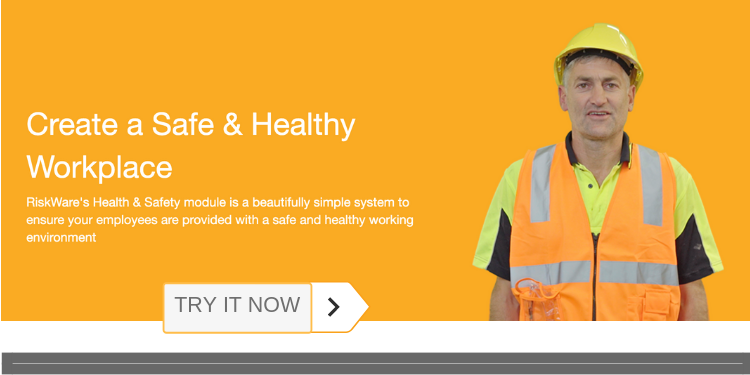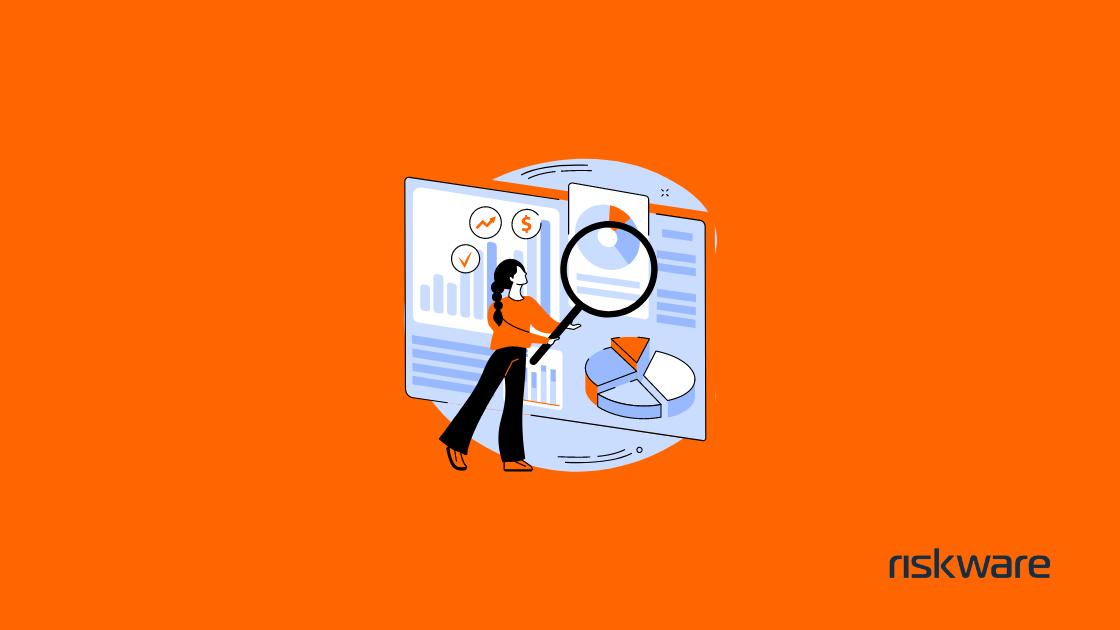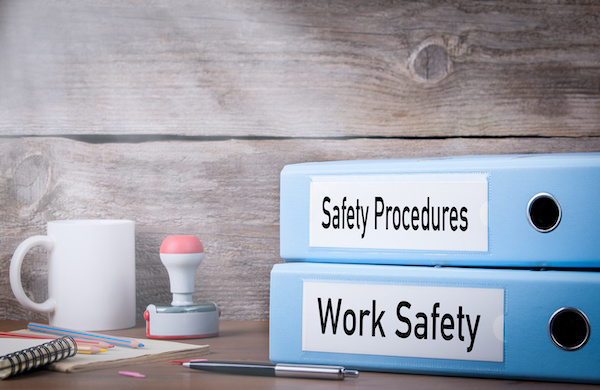Organisations should be aware of effective workplace risk management practices that ensure a healthy and safe environment. Workplace hazards can incur great costs for a company, but if identified and assessed properly, they can be controlled and prevented, or at least minimised. We've listed out the 4 most common ones - physical, ergonomic, chemical, and biological.
.jpg?width=600&name=pop-zebra-1445116-unsplash%20(1).jpg)
Physical Hazards
Physical hazards are often associated with uncontrolled sources of energy that could harm the body, even without necessarily touching it. These could be objects in walkways that can lead to slips and falls, excessive noise equipment, which can cause permanent hearing damage or even poor lighting that can lead to stressful work situations.
According to Safe Work Australia, occurrences like slips and falls rank among the most significant causal factors in workplace injury and death in Australia. Therefore, as an employer it’s important that you invest time in hazard identification, risk assessment and control strategies that can help you understand the mechanisms of such hazards. Software like RiskWare's Health and Safety Management Modules allows you to systematically approach workplace hazards, so that you are better prepared to control or prevent accidents or injuries.
Ergonomic Hazards
Ergonomic hazards refer to issues that arise from improper work methods or improperly designed workstations, tools and equipment. It is often a combination of these risk factors that, over time, can lead to pain, injury, and disability.
Factors that lead to ergonomic hazards include:
- Repetition: Tasks or body movements carried out over and over again
- Awkward postures: Body positions, such as twisting the neck to view a monitor or reaching to use a mouse
- Static forces: Maintaining a position for a prolonged period of time
To minimise the risks of these hazards companies can employ the “reduce and interrupt” policy where workers are encouraged to reduce the sedentary hours of work by intervening with healthier practices like switching to a standing desk or having a walk meeting.
Chemical Hazards
Chemical hazards are the risks involved with using chemicals in the workplace. In recent years, the use of chemicals has increased dramatically due to economic development in various industries like mining, agriculture and transport.
Examples of common chemical hazards include:
- Fire: Many chemicals are inflammable in nature and can quickly cause a fire. This usually occurs when containers are mishandled or kept under unsuitable storage conditions such as near high temperatures or smoking rooms.
- Explosive chemical reactions: Chemicals are highly volatile in nature and when in contact with other substances they might react violently leading to explosions and serious injuries.
- Environmental: If any element in your workplace has the potential to threaten the surrounding natural environment, then it presents an environmental chemical hazard. Poisonous gases released into the air, toxins in the landfill or other chemical reactions are all examples of environmental chemical hazards.
Biological Hazards
Biological hazards are biological agents that pose a threat to human health. Usually workers in the health and science industries may be exposed to biological hazards via contact with human bodily matter, such as blood, tissues and mucous.
In fact, around 1,300 workers are compensated each year for diseases attributed to animal, human or biological factors (source: Australian Government Comcare).
People who work in agriculture or with animals are also at the risk of biological hazards due to exposure to animal diseases and infections, some of which have the potential to infect humans. However, most workplaces harbour the potential of having a biological hazard. This may include person-to-person transmission of an infectious disease such as flu or common cold.
While these are the four most common hazards to be aware of, it’s crucial to do a thorough assessment of all potential situations or issues that could occur in your workplace specifically.
A risk management software like RiskWare not only helps you to mitigate these hazards to a considerable extent, but can also help your business achieve increased productivity among your employees and reduce financial costs.
Ready to Learn how RiskWare can help?
Let's organise a time to speak to one of our Risk Specialists and you can learn why millions of users around Australia trust RiskWare to manage their organisations Risks.

|

.jpg?width=600&name=pop-zebra-1445116-unsplash%20(1).jpg)






Comments